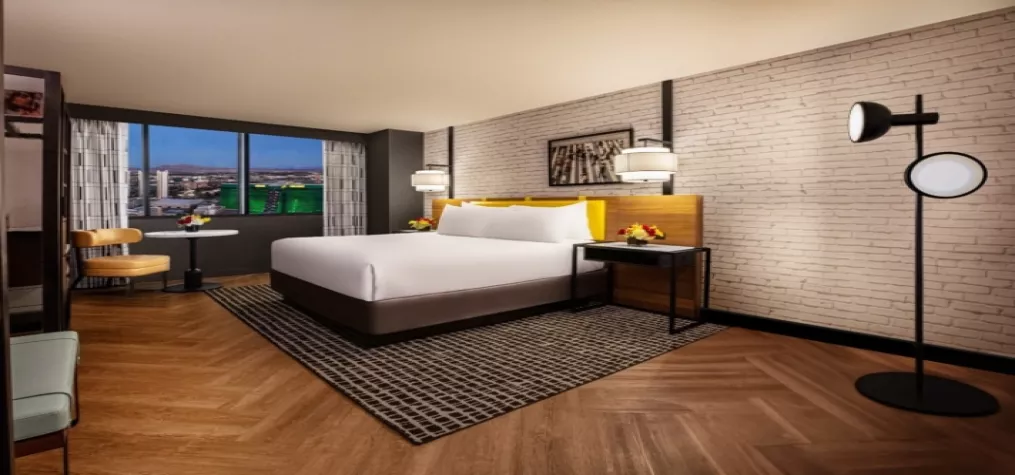When the global outbreak of COVID-19 became a reality last March, we saw in-person events disappear and the humble “pivot” made its leap from relative obscurity to the word of the season in the event industry.
Brands and their agencies knew that despite everything, the show still had to go on — the need to communicate with audiences, engage customers, inspire employees or launch products hadn’t gone anywhere.
In the early days of the “Great Pivot,” most of our time and energy was spent on practical matters. With so much in flux and such unfamiliarity with the new terrain, events were reduced to their most basic functionality: information sharing. Creative aspirations took a back seat, as the success or failure of this first slew of virtual events boiled down to one thing: did it break?
Event people being the industrious badgers that they are, it didn’t take long before we all got pretty good at it. Quality increased, glitches and failures decreased; the early problem-solving phase was over. But then, a new challenge had arisen: audiences were tuning out.
The playing field had been leveled. There wasn’t much difference between a good or bad event anymore — just different colors and logos around an iFrame. Perhaps most important of all, these early virtual excursions had continued to rely on the structures and standards of live, in-person events. There was still plenty of substance, but the style hadn’t evolved to meet the demands of a new medium.
Style makes a comeback
It was around mid-to-late last year when we began to see experimentation and creativity bloom again. Leaders in our industry had realized that in a virtual world, events had essentially become branded content — competing for attention and engagement in people’s daily diet of digital video. And in a content world, style is every bit as important as substance.
Instead of trying to replicate offline events for online audiences, events were reborn as highly stylized and art-directed, visually compelling content experiences, marketed using the latest tools in content marketing, promoted as appointment viewing and created and produced using the talent, techniques and technologies of the film, television and gaming industries.
Succeeding in the stylized experience space
General Motors is a great case in point. Late summer 2020 saw the launch of the Cadillac Lyriq, delivered as a cinematic design-and-innovation-themed documentary, elevated by stylistic flourishes like a custom-written piece of lyric poetry, voiced by Regina King.
Just a couple of months later, the GMC Hummer EV launched with a rugged piece of outdoor film, shot on location in the Colorado mountains and enhanced with AR layers that added cutting-edge tech to Hummer toughness. Then, for their opening keynote at CES 2021, GM delivered its vision for the future of mobility via a mixed reality experience created using the latest gaming technology.
The difference in style across these three events demonstrates a sophisticated appreciation of events as branded content experiences — compelling digital video that people just flat-out want to spend time with. We’re proud to have worked with our client on these “events as branded content” projects. Each was unique and elevated our industry’s craft in its own right.
“Hybrid,” but not as you know it
Many have dubbed 2021 the year of the hybrid event, and I agree. But my definition of the term is a bit different: it’s not just about hosting events for both in-person and virtual audiences, but about continuing the experimentation, creativity and innovation that exists at the nexus of event, experience and content.
What’s exciting about this is that in-person events will likely never go back to what they were before we were all forced to rethink the formula — they’ll continue to change and evolve, for the better. 2021 and beyond will be one of the most transformative and creative periods in the live event and brand experience space in years, with agencies and brands more eager and open-minded than ever to break the format, experiment and take creative risks in terms of how brand stories are created, marketed, packaged and delivered.
As we all look forward to a post-pandemic world, let’s continue to push the craft of brand experiences forward, as well. Why go back to what we had, when we can create something new?


